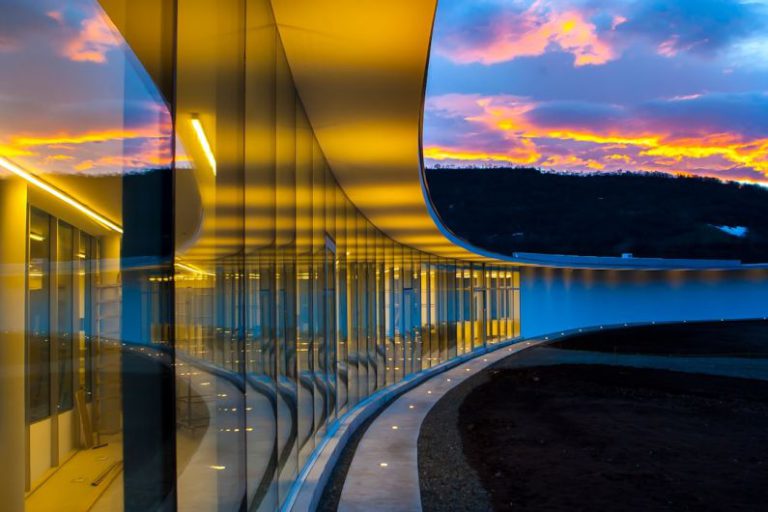Creativity in Leadership
Leadership is often associated with qualities such as decisiveness, vision, and strategic thinking. While these attributes are undoubtedly crucial for effective leadership, one quality that is sometimes overlooked is creativity. Creativity in leadership involves the ability to think outside the box, generate innovative solutions, and inspire others to do the same. In today’s rapidly changing and complex world, creative leadership is more important than ever. Let’s delve into the concept of creativity in leadership and explore how it can drive success and growth in organizations.
The Role of Creativity in Leadership
Creative leadership goes beyond traditional problem-solving approaches. It involves a mindset that embraces new ideas, encourages experimentation, and values diverse perspectives. Creative leaders are not afraid to take risks and challenge the status quo. They are open to exploring unconventional paths and are willing to adapt to changing circumstances. By fostering a culture of creativity within their teams, these leaders empower their employees to unleash their full potential and contribute innovative solutions to organizational challenges.
Empowering Teams through Creativity
One of the key roles of a creative leader is to empower their teams to think creatively and explore new possibilities. By creating a safe space for experimentation and sharing ideas, leaders can inspire their team members to tap into their creativity and contribute original insights. Encouraging a culture of creativity can lead to increased engagement, motivation, and collaboration within the team. When employees feel valued for their creative contributions, they are more likely to take ownership of their work and strive for excellence.
Fostering Innovation and Adaptability
Creativity is closely linked to innovation, as it involves generating new ideas and translating them into tangible outcomes. Creative leaders are adept at identifying opportunities for innovation and guiding their teams through the process of bringing new ideas to life. By fostering a culture of innovation, leaders can drive continuous improvement and growth within their organizations. In today’s fast-paced business environment, the ability to innovate and adapt to change is essential for staying competitive and relevant.
Building Resilience and Problem-Solving Skills
Creative leaders are not deterred by setbacks or challenges; instead, they see them as opportunities for growth and learning. By approaching problems with a creative mindset, leaders can uncover new solutions and overcome obstacles more effectively. Creativity enables leaders to think critically, connect disparate ideas, and envision novel approaches to complex problems. This ability to think creatively and adapt to changing circumstances is key to building resilience and navigating uncertainty in today’s dynamic business landscape.
Inspiring Vision and Purpose
Creativity in leadership is also about inspiring a compelling vision and purpose that motivates others to action. Creative leaders are adept at articulating a clear direction and rallying their teams around a shared goal. By painting a vivid picture of the future and communicating a sense of purpose, leaders can inspire commitment and drive performance within their organizations. Creativity allows leaders to think imaginatively about possibilities and inspire others to believe in the power of their collective efforts.
Embracing Diversity and Inclusivity
Creative leaders recognize the value of diversity and inclusivity in driving innovation and creativity within their organizations. By embracing diverse perspectives and fostering an inclusive culture, leaders can tap into a wealth of ideas and insights that can fuel creativity and innovation. Creative leaders understand that diversity is not just about representation but about creating a culture where every voice is heard and valued. By championing diversity and inclusivity, leaders can create a more dynamic and innovative work environment where creativity can flourish.
Cultivating a Culture of Creativity
In conclusion, creativity in leadership is a powerful force that can drive success and growth in organizations. Creative leaders inspire their teams, foster innovation, build resilience, and inspire a compelling vision for the future. By empowering their employees to think creatively, adapt to change, and embrace diversity, leaders can create a culture of creativity that propels their organizations to new heights. In today’s rapidly evolving business landscape, creative leadership is not just a desirable trait but a fundamental necessity for navigating complexity, driving innovation, and achieving sustainable success.






